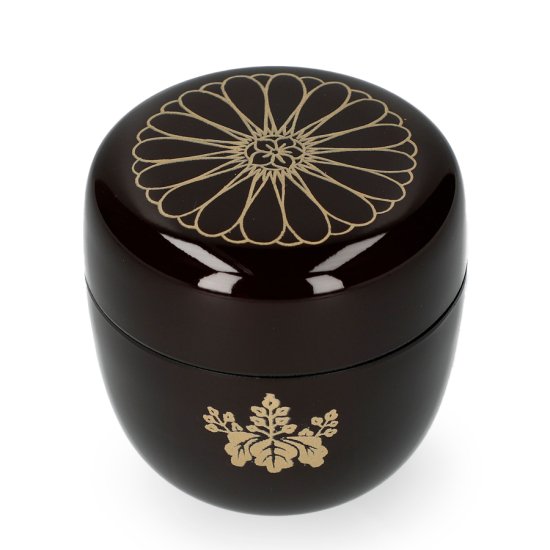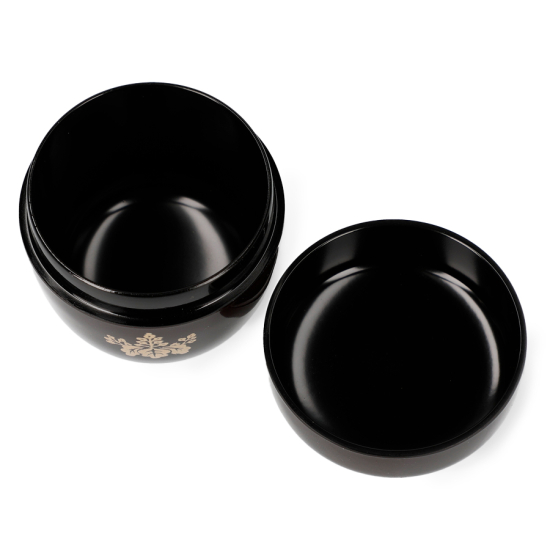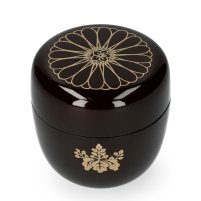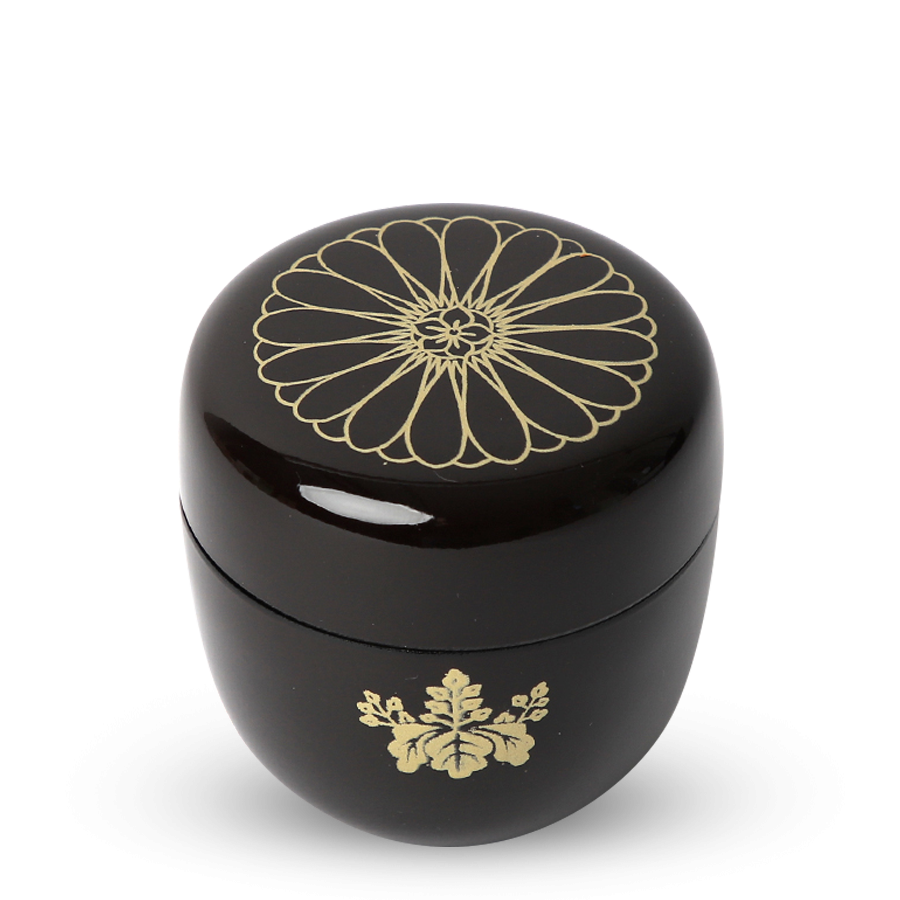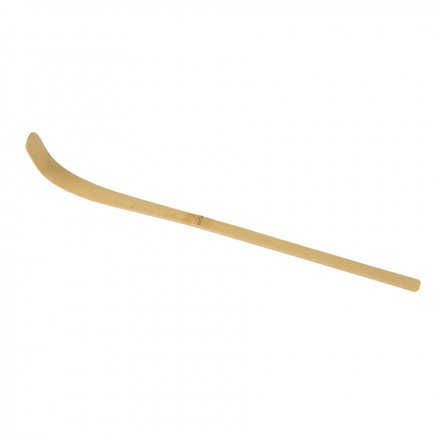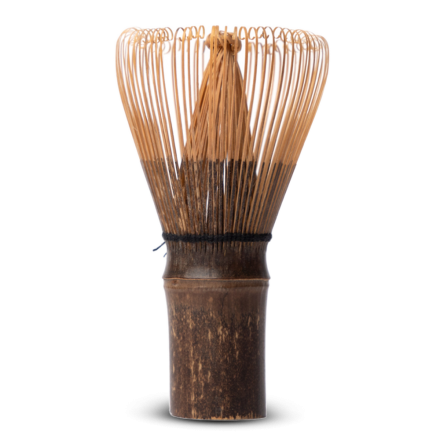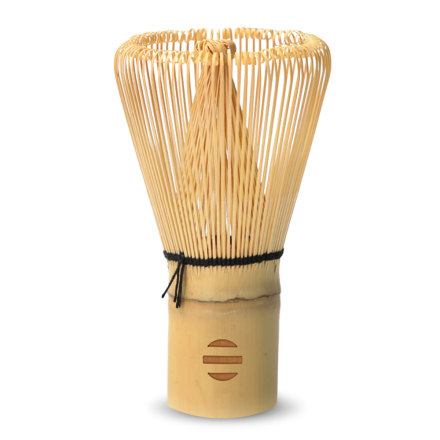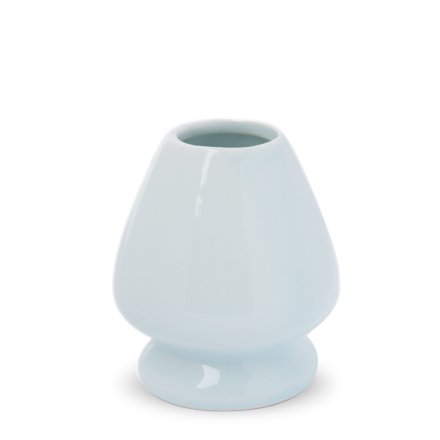Japanese lacquer or urushi is the purified sap of the Asian lacquer tree, which has been used for thousands of years in Japan to coat objects from crockery to furniture and buildings. When dry, lacquer is both heat and water resistant, therefore providing protection and strength to underlying materials including very often wood, but also bamboo, paper and leather. Lacquerware itself can be referred to as urushi as well as shikki 漆器 (literally “urushi vessel”), and with the development of acrylic resin in the last century, objects coated in synthetic lacquers, such as food-safe polyurethane, are considered urushi/shikki too. Pure urushi is transparent, while the black and red lacquers most associated with shikki are achieved with the addition of mineral pigments, over which traditional decorative details such as gold maki-e “sprinkled pictures” or raden “shell inlay” can be applied.
Natsume
Kikukiri Kuro
Yamanaka
SKU
3922
Authentic Japanese Natsume container for storing Matcha during tea ceremonies before whisking into thin Usucha tea. This black Natsume decorated with traditional chrysanthemum (菊 "kiku") and paulownia (桐 "kiri") emblems can be used all year round and is perfect for Okeiko lessons or as decoration.
| Product | Natsume matcha container, black |
|---|---|
| Origin | Yamanaka, Ishikawa, Japan |
| Type | Chu-Natsume (medium size) |
| Dimensions | Ø6.4 x 6.5cm |
| Weight | 85g |
| Material | Composite wood (55% wood powder, 45% resin) |
| Lacquer | Urethane |
| Decoration | Screen-printed Japanese Kamon emblems |
| Packaging | Gift Box |
Please note that Natsume are used to store matcha for the duration of the tea ceremony. For longer term storage, place matcha in an opaque, airtight container.
In stock



